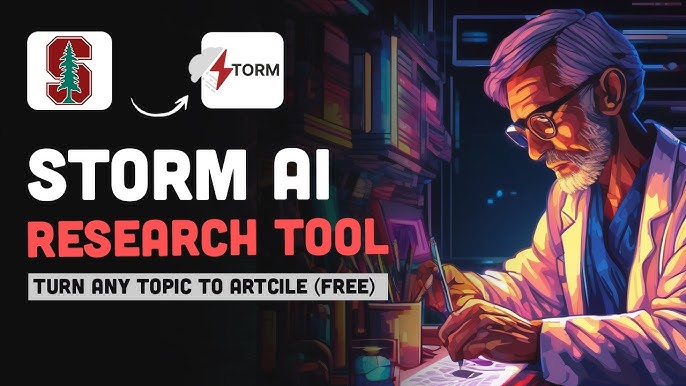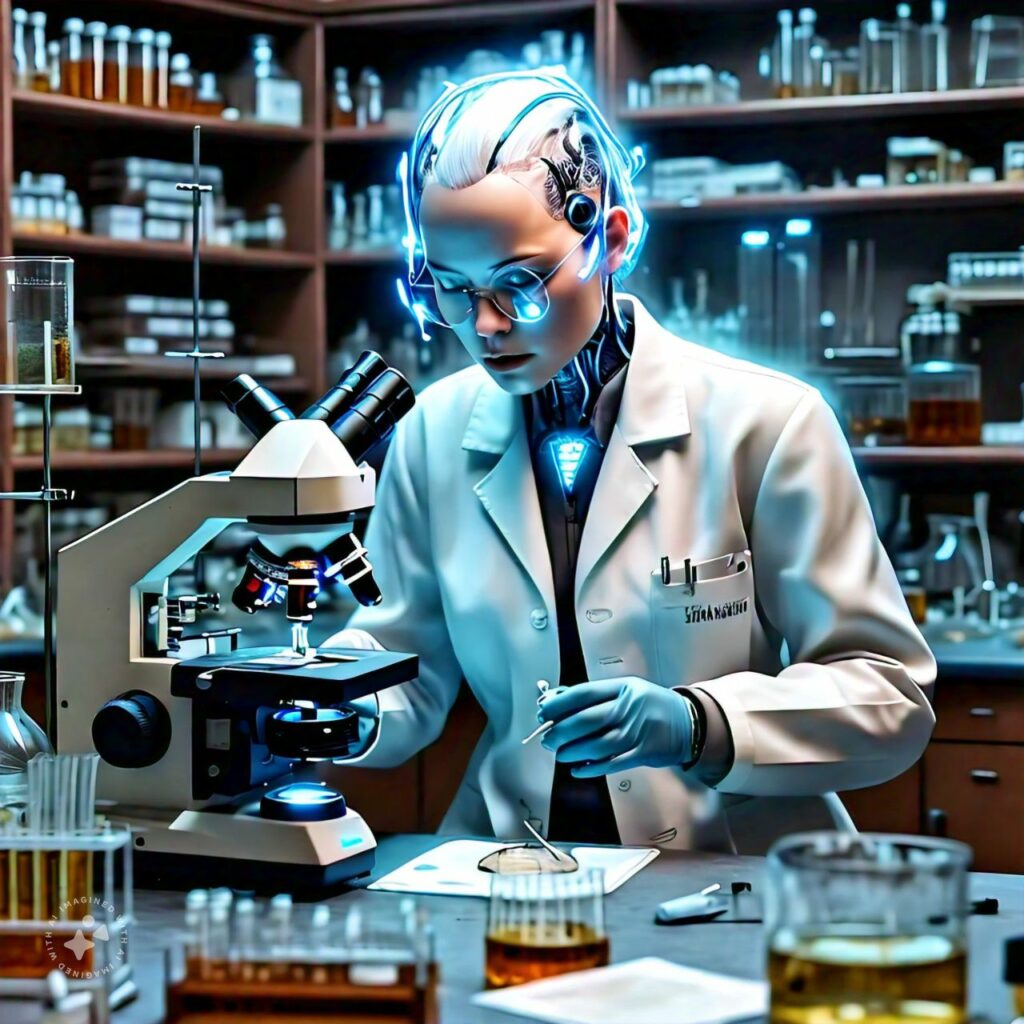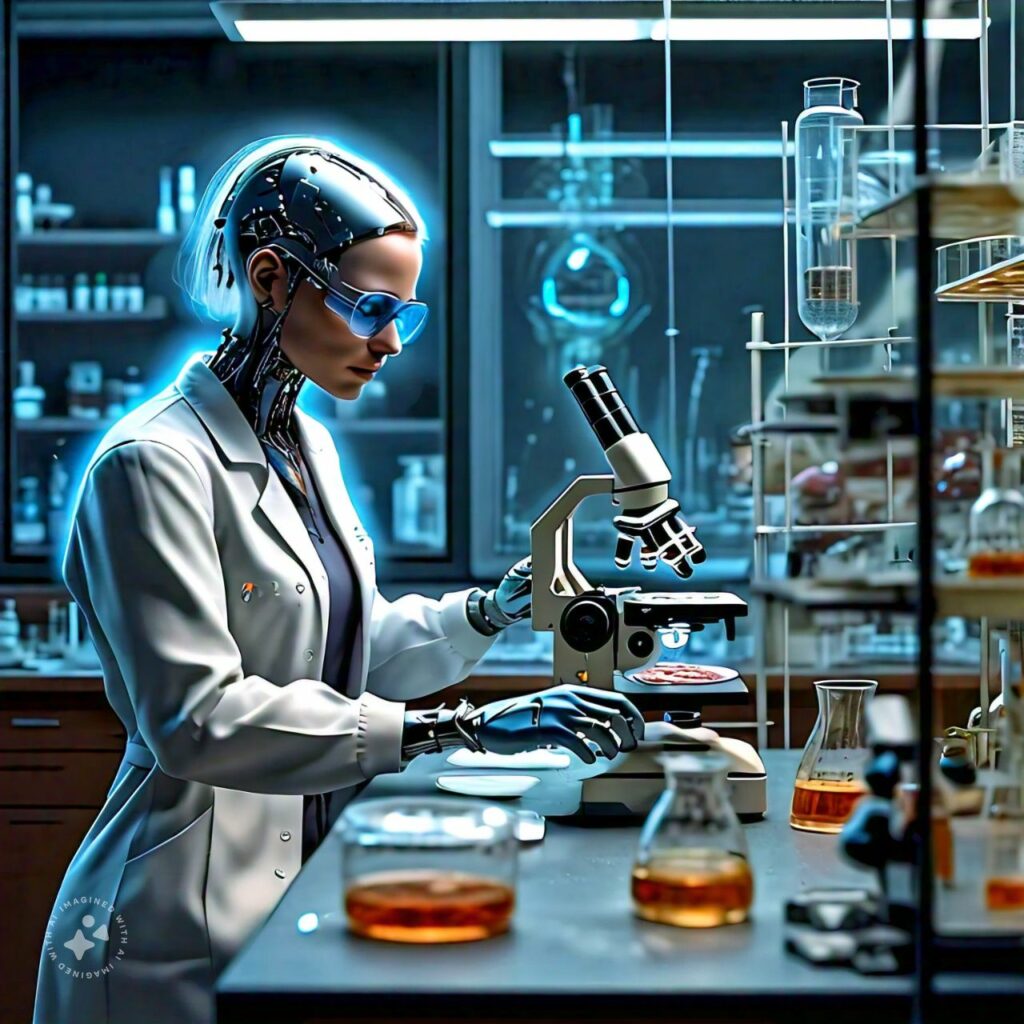Storm AI, also known as Artificial Intelligence-powered Storm, refers to AI applications in various fields to analyze, predict, and mitigate the impact of severe weather events. Here’s how Storm AI works in different fields:
Weather Forecasting:
- Predictive modeling: AI algorithms analyze historical data, weather patterns, and real-time sensor data to predict storm trajectories and intensity.
- Satellite imaging: AI-enhanced satellite image analysis helps identify storm formation and track movement.
Emergency Management:
- Early warning systems: AI-powered alerts notify authorities and citizens of impending storms.
- Resource allocation: AI optimizes emergency response resource allocation (e.g., personnel, equipment).
- Evacuation planning: AI models identify safest evacuation routes.
Insurance and Risk Management:
- Risk assessment: AI analyzes historical data, weather patterns, and property information to assess storm damage risk.
- Claims processing: AI automates claims processing, reducing processing time.
Agriculture:
- Crop monitoring: AI-powered satellite imaging monitors crop health and predicts storm damage.
- Yield prediction: AI models forecast crop yields based on weather patterns.
Energy and Utilities:
- Grid management: AI predicts storm impact on power infrastructure, enabling proactive maintenance.
- Renewable energy optimization: AI optimizes energy production from solar and wind sources.
Transportation:
- Route optimization: AI adjusts traffic routing to minimize storm impact.
- Flight scheduling: AI reschedules flights based on storm forecasts.
Healthcare:
- Patient care planning: AI identifies high-risk patients and prioritizes care.
- Supply chain management: AI ensures critical medical supplies are stocked.
Infrastructure and Construction:
- Building design optimization: AI designs storm-resilient buildings.
- Maintenance scheduling: AI schedules maintenance to minimize storm damage.
Environmental Monitoring:
- Storm surge prediction: AI models predict coastal flooding.
- Water quality monitoring: AI detects storm-related water pollution.
Storm AI’s benefits:
- Enhanced prediction accuracy
- Improved emergency response
- Reduced economic losses
- Increased public safety
- Optimized resource allocation
By leveraging AI in various fields, Storm AI mitigates the impact of severe weather events, saving lives and reducing economic losses.

Storm AI in physics involves applying artificial intelligence and machine learning to analyze and predict complex weather phenomena, leveraging physical principles and data-driven models. Here’s how Storm AI works in physics:
Data Sources:
- Satellite imagery (visible, infrared, radar)
- Weather stations (surface observations)
- Radar and lidar data
- Numerical weather prediction (NWP) models
- Historical climate data
Physical Principles:
- Fluid dynamics (Navier-Stokes equations)
- Thermodynamics (heat transfer, energy balance)
- Electromagnetism (lightning prediction)
- Chaos theory (predicting complex systems)
AI/ML Techniques:
- Neural networks (convolutional, recurrent, generative)
- Deep learning (CNNs, RNNs, LSTM)
- Ensemble methods (bagging, boosting)
- Gaussian processes
- Physics-informed neural networks (PINNs)
Applications:
- Storm tracking: Predicting storm formation, trajectory, and intensity.
- Precipitation forecasting: Predicting rainfall, snowfall, hail, and other forms of precipitation.
- Wind prediction: Forecasting wind speed, direction, and gusts.
- Lightning prediction: Identifying lightning strike locations and times.
- Storm surge prediction: Predicting coastal flooding.
Physics-based Models:
- Weather Research and Forecasting (WRF) model
- Climate Forecast System (CFS) model
- European Centre for Medium-Range Weather Forecasts (ECMWF) model
- Storm-scale numerical models (e.g., Storm Prediction Center’s (SPC) Storm-Scale Model)
Benefits:
- Improved prediction accuracy
- Enhanced understanding of complex weather phenomena
- Better decision-making for weather-sensitive industries (e.g., aviation, agriculture)
- Increased public safety through timely warnings
- Optimized resource allocation for emergency response
Challenges:
- Data quality and availability
- Model complexity and interpretability
- Scalability and computational resources
- Uncertainty quantification and propagation
- Integrating physics-based models with data-driven approaches
By combining physical principles with AI/ML techniques, Storm AI in physics advances our understanding and prediction of complex weather phenomena, ultimately saving lives and reducing economic losses.



Storm AI in biology leverages artificial intelligence and machine learning to analyze and predict complex biological systems, particularly in relation to environmental stressors like severe weather events. Here’s how Storm AI works in biology:
Applications:
- Ecological monitoring: Tracking population dynamics, species distribution, and ecosystem responses to storms.
- Climate change research: Analyzing impacts on biodiversity, species adaptation, and ecosystem resilience.
- Agricultural resilience: Predicting crop yields, optimizing irrigation, and identifying drought-tolerant genotypes.
- Disease ecology: Modeling disease spread, forecasting outbreaks, and identifying environmental risk factors.
- Conservation biology: Identifying storm-vulnerable species, predicting habitat destruction, and optimizing conservation efforts.
Data Sources:
- Genomic and transcriptomic data
- Phenotypic data (e.g., growth rates, morphology)
- Environmental data (e.g., temperature, precipitation, wind)
- Remote sensing data (e.g., satellite imagery)
- Field observations and experiments
AI/ML Techniques:
- Machine learning algorithms (e.g., random forests, neural networks)
- Deep learning (e.g., convolutional neural networks)
- Natural language processing (NLP) for text-based data
- Network analysis (e.g., gene regulatory networks)
- Gaussian processes and Bayesian inference
Biology-specific Models:
- Population dynamics models (e.g., Lotka-Volterra equations)
- Ecosystem models (e.g., dynamic state variable models)
- Genomic selection models
- Phylogenetic models
- Metabolic network models
Benefits:
- Improved predictive accuracy for ecological and biological responses
- Enhanced understanding of complex biological systems
- Informed decision-making for conservation, agriculture, and public health
- Identification of novel genetic markers for climate resilience
- Optimization of resource allocation for environmental management
Challenges:
- Integrating diverse data types and scales
- Accounting for uncertainty and variability
- Developing interpretable models
- Scaling models to larger systems
- Addressing ethical considerations (e.g., genetic modification)
Real-world Examples:
- Predicting disease outbreaks (e.g., Zika, malaria) using environmental and genomic data
- Identifying climate-resilient crop varieties using machine learning
- Modeling ecosystem responses to hurricanes using dynamic state variable models
- Analyzing storm impacts on marine ecosystems using satellite imagery
- Developing early warning systems for invasive species
By integrating AI/ML with biological principles, Storm AI in biology advances our understanding of complex biological systems, informing strategies for environmental resilience, conservation, and human health.


Storm AI in computer science integrates artificial intelligence and machine learning to analyze and predict complex storm-related phenomena. Here’s how Storm AI works in computer science:
Subfields:
- Computer Vision: Image processing, object detection, and segmentation for storm damage assessment.
- Natural Language Processing (NLP): Text analysis for storm-related social media monitoring and emergency response.
- Machine Learning (ML): Predictive modeling for storm forecasting, tracking, and impact analysis.
- Data Mining: Extracting insights from large storm-related datasets.
- Geographic Information Systems (GIS): Spatial analysis for storm mapping and emergency response.
Techniques:
- Deep Learning (DL): Convolutional Neural Networks (CNNs), Recurrent Neural Networks (RNNs), and Long Short-Term Memory (LSTM) networks.
- Ensemble Methods: Combining multiple models for improved accuracy.
- Transfer Learning: Leveraging pre-trained models for storm-specific applications.
- Reinforcement Learning: Optimizing storm response strategies.
Applications:
- Storm Detection and Tracking: AI-powered satellite image analysis.
- Predictive Modeling: Forecasting storm intensity, trajectory, and landfall.
- Damage Assessment: Automated image analysis for infrastructure damage.
- Emergency Response: AI-driven resource allocation and routing.
- Climate Modeling: Simulating storm patterns and climate change impacts.
Tools and Platforms:
- TensorFlow
- PyTorch
- Keras
- OpenCV
- ArcGIS
- Google Earth Engine
- NASA’s Earth Observing System Data and Information System (EOSDIS)
Data Sources:
- Satellite Imagery (e.g., GOES, MODIS)
- Weather Station Data
- Radar and Lidar Data
- Social Media Feeds
- Crowdsourced Reports
- Historical Climate Data
Benefits:
- Improved storm forecasting accuracy
- Enhanced emergency response efficiency
- Automated damage assessment
- Optimized resource allocation
- Better climate modeling and prediction
Challenges:
- Data quality and availability
- Model interpretability and explainability
- Scalability and computational resources
- Integrating diverse data sources
- Addressing ethical considerations (e.g., bias in damage assessment)
Real-world Examples:
- NOAA’s Storm Prediction Center (SPC) uses AI for storm forecasting.
- Google’s AI-powered flood forecasting system.
- IBM’s Weather Company uses AI for storm tracking and prediction.
- University of Hawaii’s Storm Damage Assessment using Computer Vision.
- NASA’s Climate Change Impacts on Storm Patterns.
By leveraging AI and ML, Storm AI in computer science enhances our ability to predict, prepare for, and respond to severe weather events.


